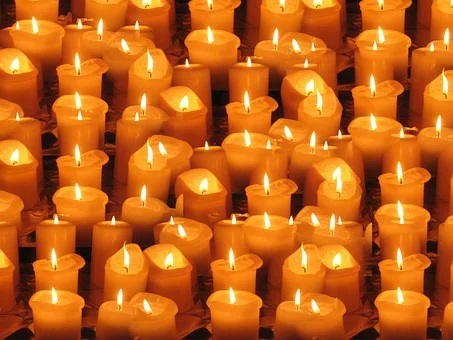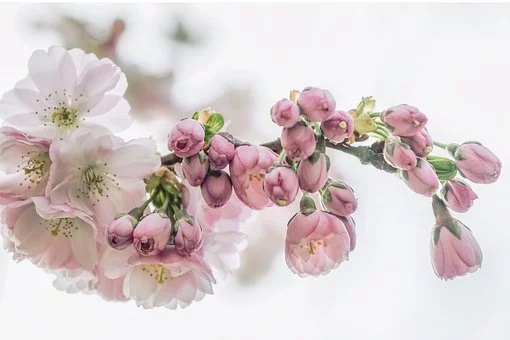The way of living and the meaning of life may seem to be the most basic things that we should all know about, but to separate the two in practice is not so easy. I personally feel that it is rather important to be able to tell the difference between the two. Nowadays, many people including quite a few Buddhist practitioners think that the way of living and the meaning of life mean one and the same. However, what they have in mind is just the way of living, which less intelligent animals also know, never the purpose and significance of life.
~Depicted from THE RIGHT VIEW - The Way of Living and the Meaning of Life











